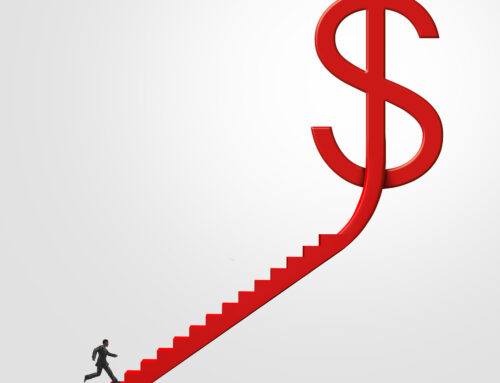Designing a Benefits Program Employees Will Value
Shawnee Love •
November 15, 2012
Benefits are an important tool in an employer’s toolkit when it comes to attracting and retaining good people. Unfortunately, with costs of pharmaceuticals skyrocketing and benefits costs following suit, it is no wonder employers with benefits are looking for ways to reduce them and employers without benefits are scared to start.
If you want to design a good benefits program:
- Solidify your philosophy on total rewards for employees as well as the part benefits will play in the big picture of rewards. Are you a Cadillac or Fiesta? Do you want to compete with the best, or simply be in the herd? Are benefits going to be a big draw to candidates, or simply meet minimum expectations?
- Figure out what you want benefits to do. Should your benefits help build wealth over time, act as a safety net, or simply offer a bit of help with costs of drugs and dentists?
- Set your budget that you would be willing and able to pay for this year and going forward. The lower the budget, either you have to offer less or you have to make employee contributions higher.
- Find out what your employees want and need. There is nothing worse than offering a benefits plan to people who would rather just have the money. Or offering excellent life insurance to people who are worried about the cost of their kids braces. Employees know that benefits cost and that tradeoffs have to be made, but if you don’t know what they would prefer, it is hard to build a plan for what is possible under which circumstances. Another part of this step is looking at your demographics. For example, young workers rarely care about or have adequate life insurance while older workers often do. This knowledge will guide your benefits program design decisions in alignment with your philosophy and what you want to accomplish.
- Consult with a good broker. A good broker will help you build a plan and can recommend creative solutions in building your program that will result in a program that meets your company’s and employees’ needs today and in the future. Good brokers can be identified by their informative relationship focused approach, their honesty with their fees, and their willingness to work with you, prepare options, and make suggestions and changes that result in a win-win for the employees and company). They will also take care not to blind you with technicalities and jargon.
If you want to talk more about benefits, please drop us a line. If not, come back next week for some creative things you can do within your benefits program.




